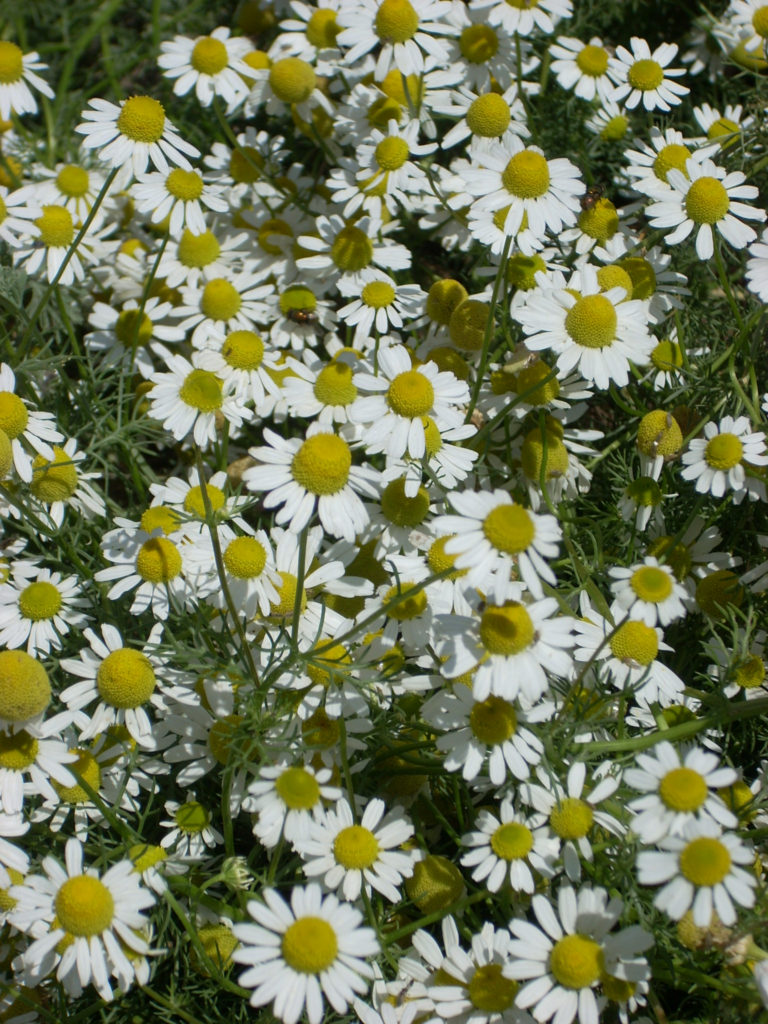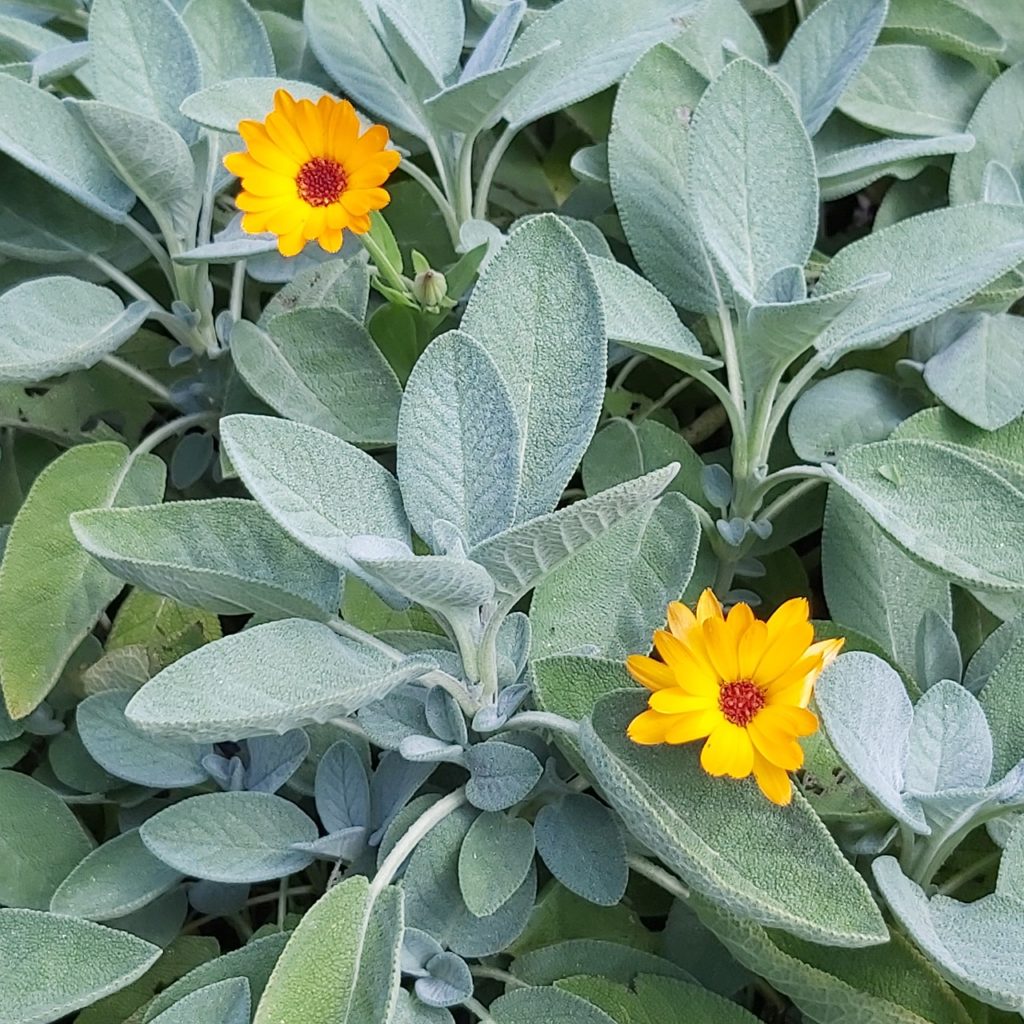Gooseberry is the common name for a small round edible fruit. People use gooseberry fruit to make pies, jellies, and jams. Additionally, some varieties have herbal properties, and people use the plant in Ayurveda and alternative medicine.
Introduction:
There are various types from different regions, including:
- European gooseberry: A green and hairy fruit whose botanical name is Ribes grossularia. It is indigenous to Europe; northwestern Africa; and west, south, and Southeast Asia. People eat European gooseberries in puddings, jams, and pies.
- American gooseberry: A green to purplish fruit that grows naturally in the northeastern and mid-western United States. People commonly plant American gooseberry in fruit or vegetable gardens, and its botanical name is Ribes hirtellum.
- Indian gooseberry (Amla or Emblic fruit): A yellowish-green fruit that grows in India, Southeast Asia, China, Iran, and Pakistan. Its botanical name is Emblica Officinalis.
A nutritious diet
Gooseberries are nutritious fruits, low in calories and fat, and can help someone achieve their daily amount of nutrients as part of a balanced diet.
Additionally, the fiber they contain may help keep a person’s bowel movements regular, allow them to feel full, and maintain their ideal body weight.
Gooseberries contain the following:
- Vitamins
- Minerals
- Fiber
- Antioxidants such as phenols and flavinoids
100 grams of gooseberries contain:
| Nutrients | Amount (per 100g) |
| Fiber | 4.3 grams (g) |
| Vit C | 27.7 milligrams (mg) |
| Vitamin A, | 15 micrograms (mcg) |
| Calories | 44 kcal |
Benefits of Gooseberries:
Good for the hair
A study suggests that Indian gooseberry strengthens hair and promotes growth, noting that people use traditional recipes containing Indian gooseberry for enriching hair growth and pigmentation.
May protect the brain
A study suggests that Indian gooseberry may be beneficial for brain function. The review notes that animal studies demonstrate improved learning and memory with gooseberry extract.
Reduces blood sugar
Scientists have used Indian gooseberry leaves, fruits, and flowers to study their effects on diabetes and they have found that it is beneficial; for controlling elevated blood sugar levels.
Keeps the heart and blood vessels healthy
A small study indicated that 500 mg of Indian gooseberry in concentrated power supplement form daily for 18 weeks improved endothelial function in blood vessels and prevented coronary artery disease.
Anti cancer properties
Indian gooseberry may have potential as an anticancer agent. Laboratory and animal studies indicate that the fruit reduces the incidence and number of tumors at various organ sites.
Rich in antioxidants
Gooseberries contain several antioxidant compounds:
- anthocyanins
- flavonoids
- phenolic acids
This helps in combating several diseases such as:
- Cancer
- Diabetes
- Neuro-degenerative diseases
- Kidney diseases
- Rheumatoid arthritis
- Eye diseases
Safety
Consuming gooseberries as food is generally safe. Toxicological studies do not show adverse effects, even at high doses.
Conclusion:
Gooseberries are a nutritious fruit containing vitamins, minerals, and antioxidants. They are low in calories and fiber-rich, helping people to manage their weight.
Scientists have suggested that taking gooseberries may benefit cancer, brain function, and diabetes. In addition, people have used Indian gooseberry traditionally for healthy skin and hair.
People can add gooseberries to their diet or take them as a supplement or beauty product. However, a person should speak with a health practitioner before using herbal remedies, especially if they have a health condition.









